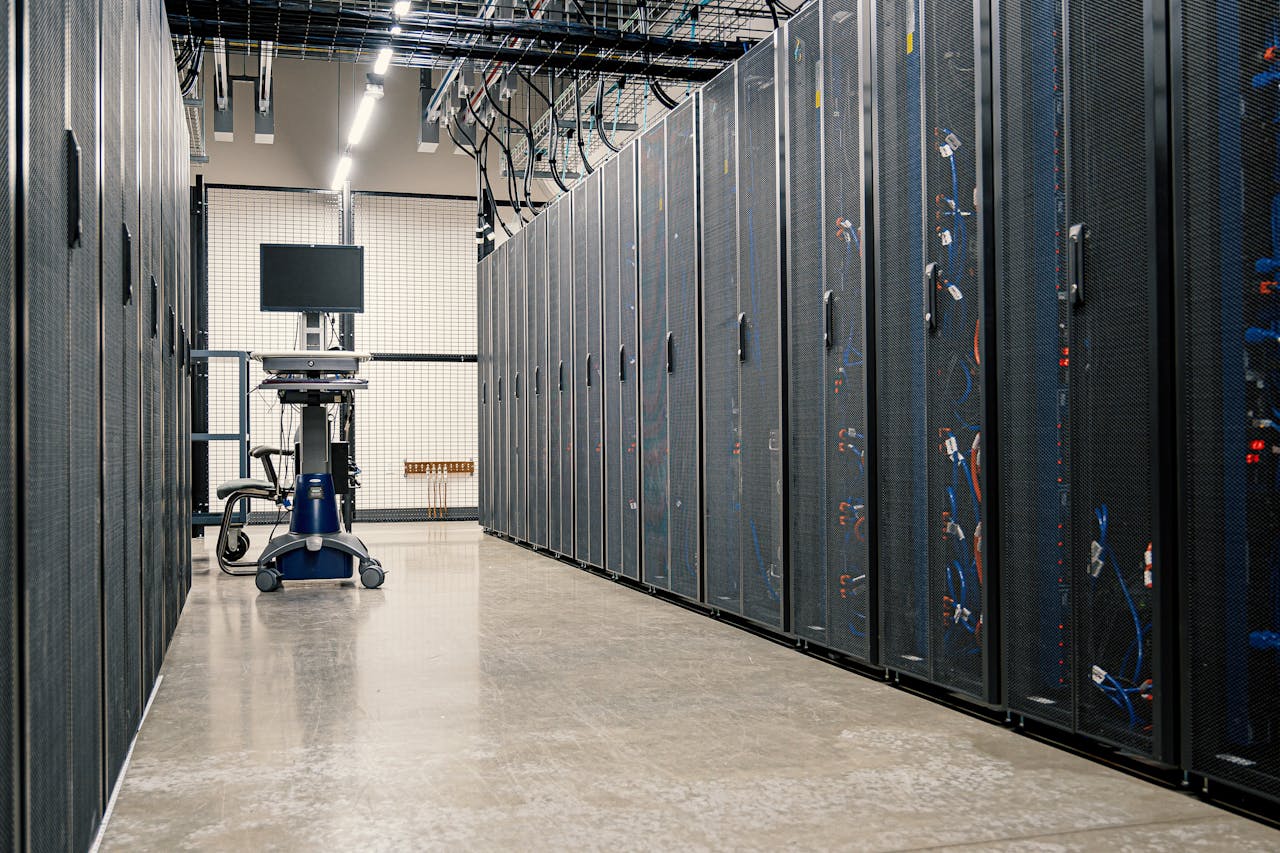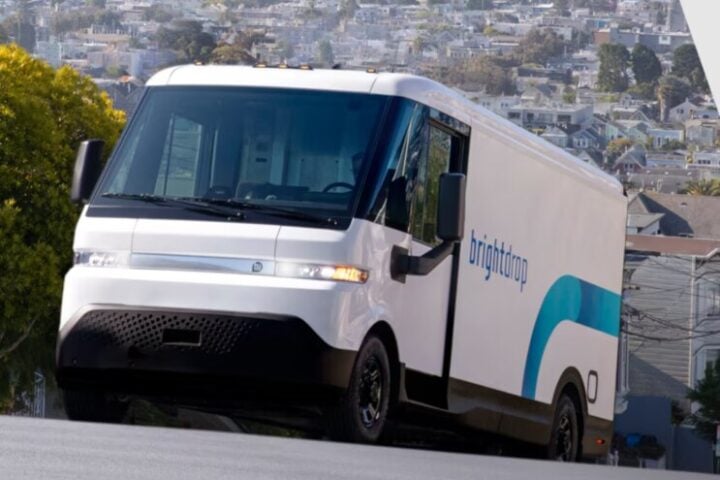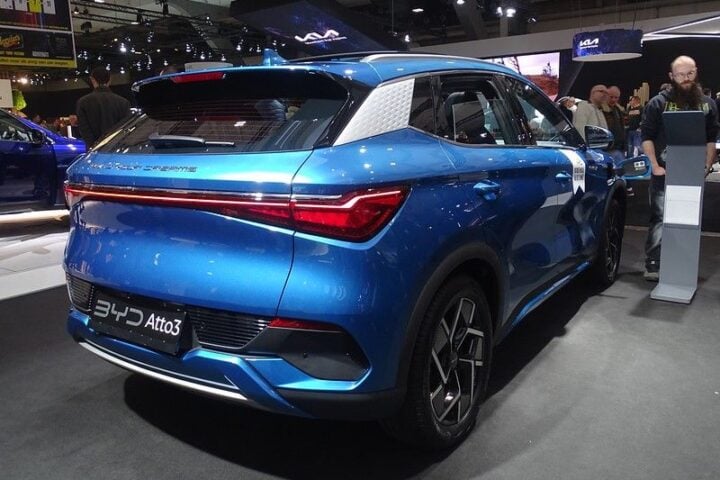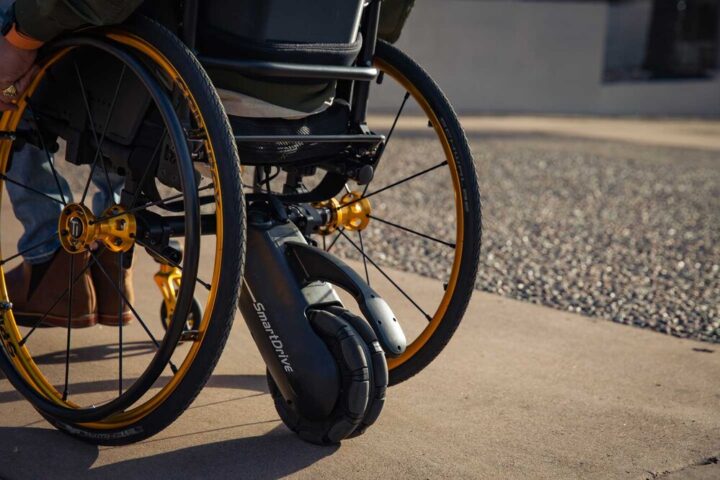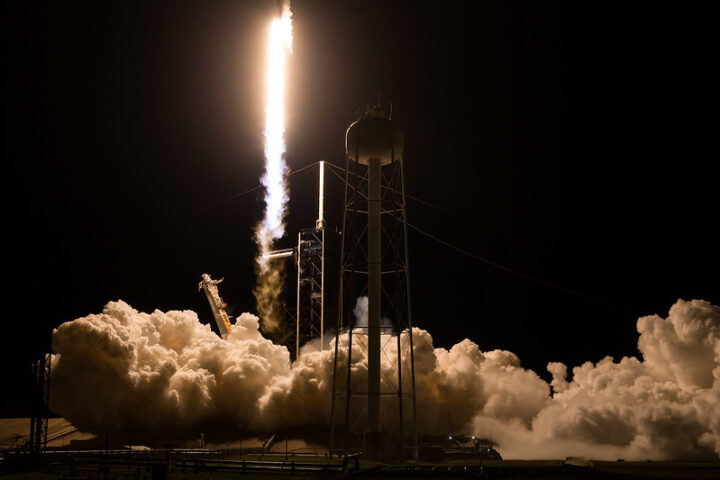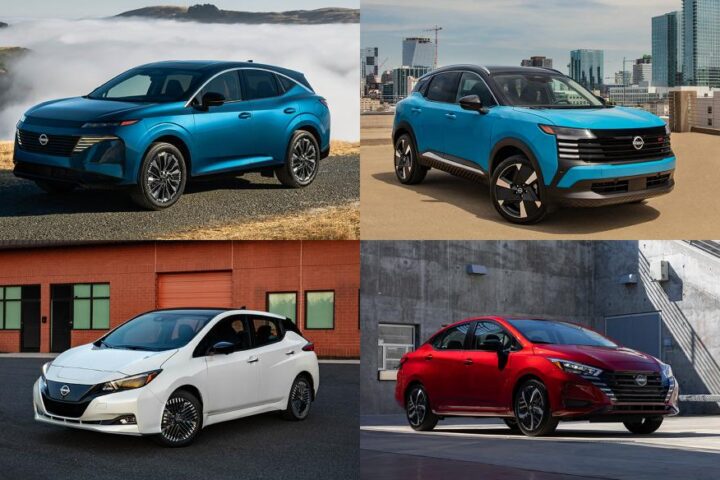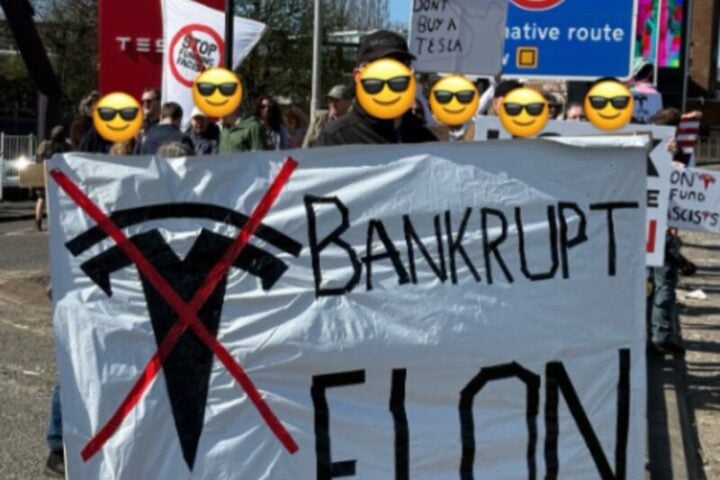A strategic partnership between Google, Intersect Power, and TPG Rise Climate aims to develop industrial parks housing data centers powered by co-located clean energy plants across the United States. The first phase is expected to be operational by 2026, with full completion in 2027.
This initiative addresses two pressing challenges: the exponential growth in data center power demands and grid constraints in accommodating load increases. The typical time from proposal to construction for U.S. power projects has more than doubled, from less than two years for projects built in 2000-2007 to more than four years for those built in 2018-2023.
“The convergence of decarbonization and digitization creates unique opportunities for innovative partnerships,” states Jim Coulter, Executive Chairman of TPG and Managing Partner of TPG Rise Climate. “We are committed to delivering carbon-free data centers at lower cost and greater scale.”
The partnership introduces a “power first” approach to data center development. Intersect Power will construct clean energy facilities, with Google serving as an anchor tenant in co-located industrial parks. This strategy reduces the timeline for new power generation and minimizes transmission infrastructure requirements.
Sheldon Kimber, CEO and Founder of Intersect Power, explains: “Deep, collaborative partnerships combined with creative problem-solving are the only way we can meet the explosion of AI growth, as well as society’s accelerating electricity demand.”
The economic implications are substantial. Economic analysts project AI advancements could increase U.S. GDP by over $1 trillion annually by 2030. Additional catalysts include the onshoring of manufacturing operations and electrification of transport, heating, and cooling sectors.
Current grid challenges are evident in project timelines. The typical duration from proposal to construction for U.S. power projects has more than doubled, from under two years for projects built in 2000-2007 to over four years for those built in 2018-2023.
More Stories
The initiative prioritizes grid optimization and reliability. By positioning data centers adjacent to their power sources, the partnership aims to reduce transmission bottlenecks and improve overall grid stability. This approach could serve as a model for future infrastructure development globally.
The partnership focuses on developing new clean energy generation alongside data centers. When Intersect Power builds new clean energy assets in regions and projects of interest, Google will provide power offtake as an anchor tenant in the co-located industrial park that would support data center development.
However, several challenges require attention. Grid infrastructure limitations, regulatory requirements, and technical complexities in developing co-located facilities must be addressed. The success of this initiative depends on continued collaboration between private industry and government entities.
This model presents an opportunity to apply private capital to the tight coupling of load growth with new clean energy in markets across the U.S. and ultimately globally. The partnership aims to ease grid burden and improve overall reliability and affordability for all energy customers.
